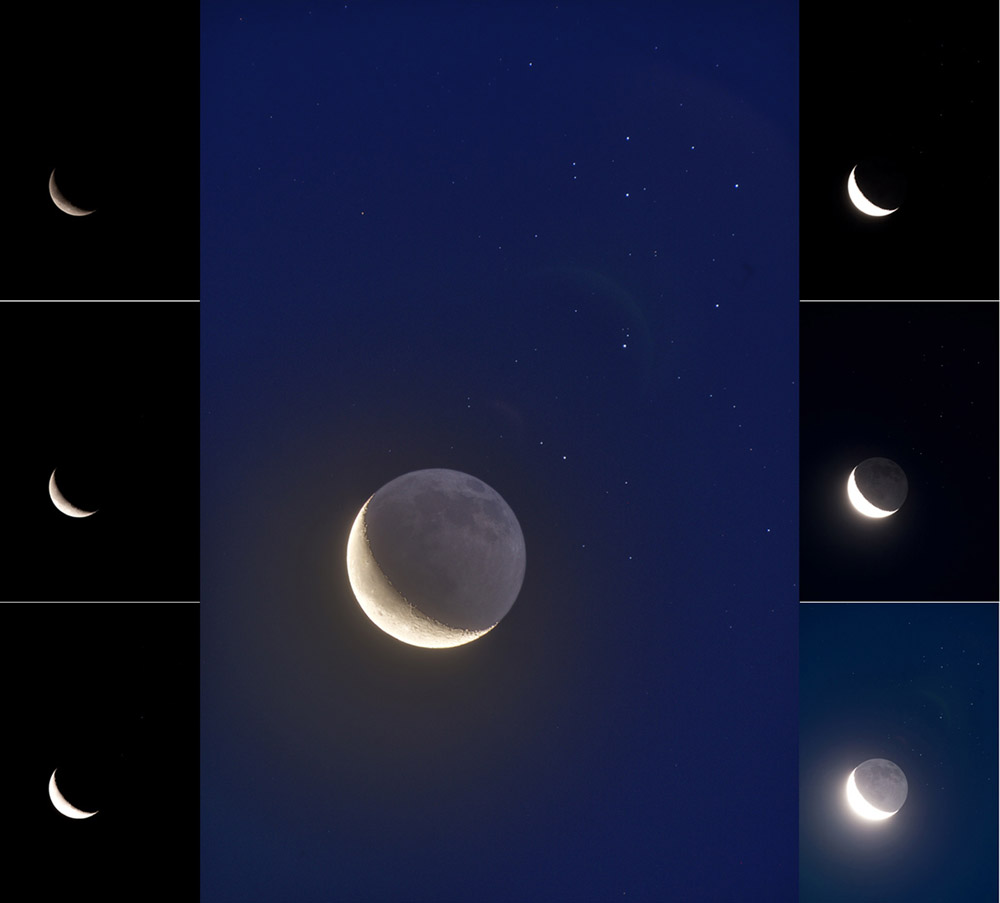Difference between revisions of "August 30, 2009"
| Line 1: | Line 1: | ||
__NOTOC__ | __NOTOC__ | ||
=Queen of Starland= | =Queen of Starland= | ||
| − | |||
<!-- ws:start:WikiTextHeadingRule:2:<h1> --> | <!-- ws:start:WikiTextHeadingRule:2:<h1> --> | ||
<!-- ws:start:WikiTextLocalImageRule:8:<img src="/file/view/LPOD-Aug30-09.jpg/86217061/LPOD-Aug30-09.jpg" alt="" title="" /> -->[[File:LPOD-Aug30-09.jpg|LPOD-Aug30-09.jpg]]<!-- ws:end:WikiTextLocalImageRule:8 --><br /> | <!-- ws:start:WikiTextLocalImageRule:8:<img src="/file/view/LPOD-Aug30-09.jpg/86217061/LPOD-Aug30-09.jpg" alt="" title="" /> -->[[File:LPOD-Aug30-09.jpg|LPOD-Aug30-09.jpg]]<!-- ws:end:WikiTextLocalImageRule:8 --><br /> | ||
| − | <em>image by [mailto:jacques@hdrsoft.com Jacques Joffre], Montpellier, France</em><br /> | + | <em>image by [mailto:jacques@hdrsoft.com" rel="nofollow Jacques Joffre], Montpellier, France</em><br /> |
<br /> | <br /> | ||
| − | We are so lucky that so many interesting star groups are near the ecliptic. This means that periodically we get to see the gem of the evening sky cavorting with some of its lessor neighbors such as the Pleiades. The problem is that the brilliance of the Moon often hides the stars. Jacques has used his magical software that combines images made with different exposure durations to produce a single one with the best aspects of all. He shot more than 100 sets of 7 different exposures and ultimately selected 6 photos (shown at the sides), exposed between 1/250s and 4s, at 400 iso f/6.7. He used the Details Enhancer function of the HDR (high dynamic range) [http://www.hdrsoft.com/ Photomatix] software tone mapping tool to recover visually the recorded dynamic range. Jacques varied the parameters to reproduce the visual effect he observed when gazing at the earthshine Moon at dawn.<br /> | + | We are so lucky that so many interesting star groups are near the ecliptic. This means that periodically we get to see the gem of the evening sky cavorting with some of its lessor neighbors such as the Pleiades. The problem is that the brilliance of the Moon often hides the stars. Jacques has used his magical software that combines images made with different exposure durations to produce a single one with the best aspects of all. He shot more than 100 sets of 7 different exposures and ultimately selected 6 photos (shown at the sides), exposed between 1/250s and 4s, at 400 iso f/6.7. He used the Details Enhancer function of the HDR (high dynamic range) [http://www.hdrsoft.com/" rel="nofollow Photomatix] software tone mapping tool to recover visually the recorded dynamic range. Jacques varied the parameters to reproduce the visual effect he observed when gazing at the earthshine Moon at dawn.<br /> |
<br /> | <br /> | ||
| − | <em>[mailto:tychocrater@yahoo.com Chuck Wood]</em><br /> | + | <em>[mailto:tychocrater@yahoo.com" rel="nofollow Chuck Wood]</em><br /> |
<br /> | <br /> | ||
<strong>Technical Details</strong><br /> | <strong>Technical Details</strong><br /> | ||
Revision as of 19:12, 4 January 2015
Queen of Starland

image by " rel="nofollow Jacques Joffre, Montpellier, France
We are so lucky that so many interesting star groups are near the ecliptic. This means that periodically we get to see the gem of the evening sky cavorting with some of its lessor neighbors such as the Pleiades. The problem is that the brilliance of the Moon often hides the stars. Jacques has used his magical software that combines images made with different exposure durations to produce a single one with the best aspects of all. He shot more than 100 sets of 7 different exposures and ultimately selected 6 photos (shown at the sides), exposed between 1/250s and 4s, at 400 iso f/6.7. He used the Details Enhancer function of the HDR (high dynamic range) " rel="nofollow Photomatix software tone mapping tool to recover visually the recorded dynamic range. Jacques varied the parameters to reproduce the visual effect he observed when gazing at the earthshine Moon at dawn.
" rel="nofollow Chuck Wood
Technical Details
18 July 2009 at 5h 25 LT. Canon 1d MarkIII camera fitted + Canon 300mm f/2.8 lens + a 2X tele extender.
Related Links
More HDR lunar magic



